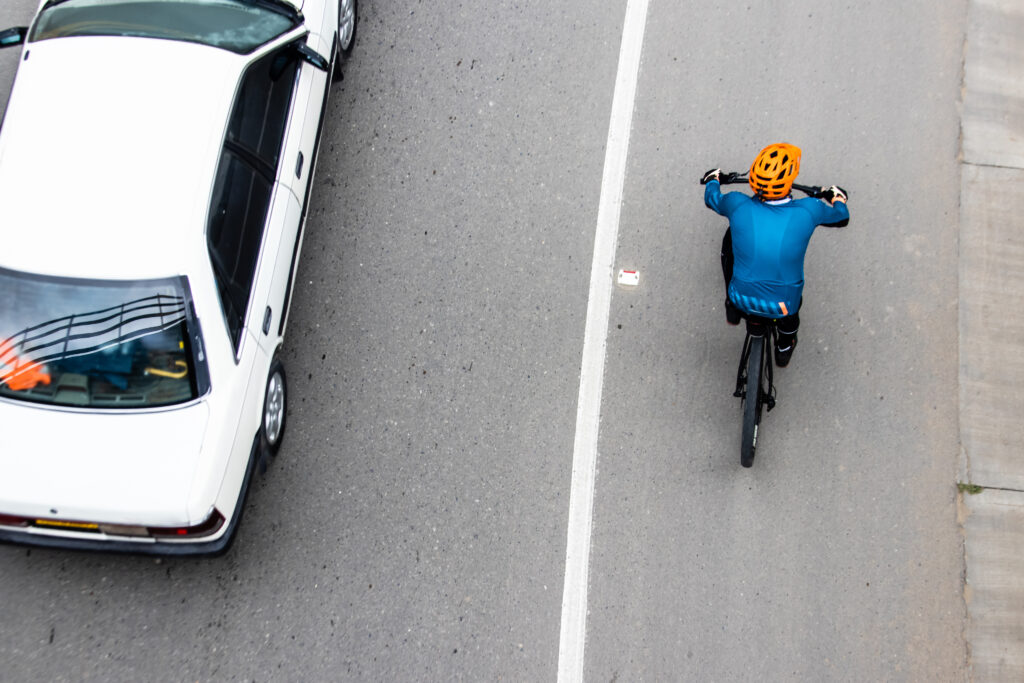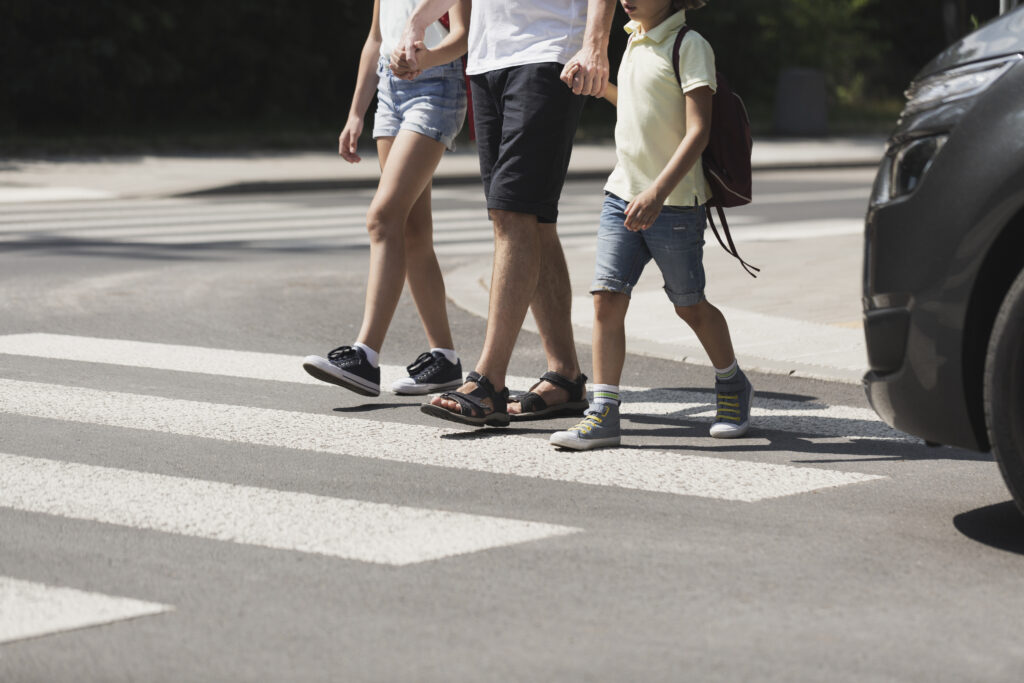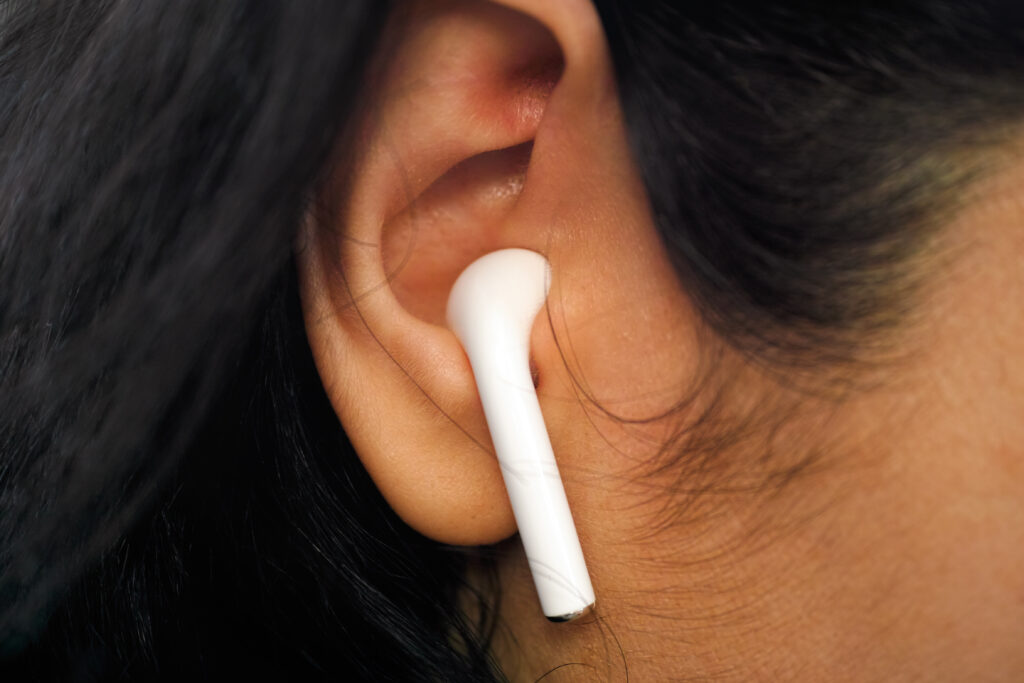What to Know About California Bicycle Laws

There is a growing number of people choosing two wheels over cars. Due to this increase in bicycles on the road, there has been an unfortunate uptick in bicycle-vehicle collisions. According to the California DMV, every year, over 100 bicyclists are killed and over 10,000 suffer injuries. Even the most experienced bicyclists have become victims of serious and fatal accidents. To prevent collisions with motor vehicles, it is important that bicyclists understand the most important California bicycle laws. If you need a bicycle accident lawyer, contact Rockview Accident Lawyers at (760) 628-0818 for a free consultation.
1. Bicyclists Have the Same Rights and Responsibilities As Drivers
According to California Vehicle Code 21200, bicyclists have the same rights and responsibilities as motorists. This means that while bicyclists can ride on any public road or street, they must obey traffic signs and signals and follow all rules.
If a bicyclist violates a traffic law, such as riding through a red light, they would be subject to the same penalty as a driver. The law also implies that drivers should respect a cyclist’s right to share the roadway.
2. Ride in the Same Direction as Traffic

Bicyclists must ride in the same direction as traffic. If traveling in the opposite direction of a one way street, the cyclist must walk their bicycle on the sidewalk. If a cyclist is riding as fast as traffic, they may ride on the right side, unless the rider is passing, making a left turn, avoiding hazards, or the lane is too narrow to share.
3. Use Bike Lanes
Most bicyclists ride slower than traffic. Cyclists must use the bicycle lane if one is available and they are moving slower than traffic. Examples of when you can leave a bicycle lane include making a left turn, passing, avoiding hazards, or approaching a place where a right turn is authorized. Bicyclists may ride outside of the bike lane if it is separated from traffic by posts, car parking, or other barriers. This type of bike lane is called a separated bikeway.
Bicyclists, including motorized bicycles) are prohibited from riding on freeways, expressways, and toll bridges unless permitted by the California Department of Transportation and local authorities.
4. Yield to Pedestrians

Bicyclists must yield the right-of-way to pedestrians at marked and unmarked crosswalks and intersections. Bicyclists should also not stop in the crosswalk. However, pedestrians must yield to vehicles and bicycles if they walk outside of a crosswalk at an intersection. The right-of-way law is especially strict when it comes to visually impaired pedestrians.
5. E-Bikes are Classified as Bikes
In January 2023, a law was passed in California allowing high-speed electric bicycles (Class 3 e-bikes with top assisted speeds of 28 mph) on bike paths and trails, bikeways, and bicycle lanes. Riders of Class 3 electric bicycles must wear helmets and be at least 16 years old.
On the contrary, gas-powered bicycles and motorized bicycles (mopeds) are not considered regular bicycles.
6. Driving Under the Influence (DUI) is Prohibited

A DUI does not only apply to motorists – also can be given to bicyclists and pedestrians. Under California law, it is illegal to operate a bicycle under the influence of alcohol and/or drugs. Riding a bike while intoxicated is a misdemeanor offense and is punishable by a fine of $250.
7. Helmet Law for Those Under 18
In California, it is required by law that bicyclists under the age of 18 wear a helmet. The helmet must meet safety standards set by the U.S. Consumer Product Safety Commission (CPSC). The law applies to both riders and passengers under 18. Bicyclists over the age of 18 are not required to wear a helmet, but it is strongly encouraged to prevent serious head injuries from vehicle collisions.
8. One Ear Not Covered

Bicyclists are prohibited from wearing headphones or earplugs in both ears while riding. A bicyclist may wear one earphone or earplug in one ear only if it does not cover the ear entirely. This is to allow the rider to hear horns or other traffic sounds.
9. Rules for Overtaking and Passing
Drivers of motor vehicles must allow at least three feet of distance when passing a bicyclist on the road under California’s Three Feet for Safety Act. More recently, the law was amended to additionally require vehicles to change lanes, when possible, to pass cyclists. If the driver is unable to provide three feet of distance or change lanes due to traffic or roadway conditions, they must slow to a reasonable speed.
If a bicyclist wants to overtake a vehicle or change lanes, they are encouraged to use the same precautions as drivers, such as checking behind for cars and using the appropriate hand signals.
10. Equipping Your Bike

To ride your bike safely, you need to make sure it has key features for a safe and smooth ride. These are the things that your bike must have by law:
- Lights and reflectors: A bicycle operated during darkness must have a white or yellow reflector on the front and a red reflector on the back. Every bicyclist must also have white or yellow reflectors on each pedal or on the shoes or ankles, and a white or red reflector on each side of the bike or its tires.
- Brakes: Bicycles must have a brake that can make one wheel skid on dry, level, clean pavement.
- Handlebars: Handlebars must not be higher than the rider’s shoulders.
- Bike size: The bike’s size should adequately fit the rider’s height and be safe to ride.
- Seating: Every bike must have a permanent and regular seat attached to it.
Contact a Bicycle Accident Lawyer in Victorville
As a bicyclist, you need to know the laws that apply to you and how to protect your rights and safety on the road. By following our tips and advice, you can ride your bike with confidence and peace of mind. It also doesn’t hurt to be extremely cautious, especially when sharing the road with vehicles.
If you have any questions or concerns about California bicycle laws, or if you need legal assistance after a bicycle accident, Rockview Accident Lawyers is here to help you. Our personal injury law firm has handled all types of auto accidents, from multi-vehicle collisions to bicycle-vehicle accidents. We have a 99% success rate and a client-focused approach.
Don’t hesitate to contact us to schedule a free consultation with a Victorville bicycle accident lawyer today.


